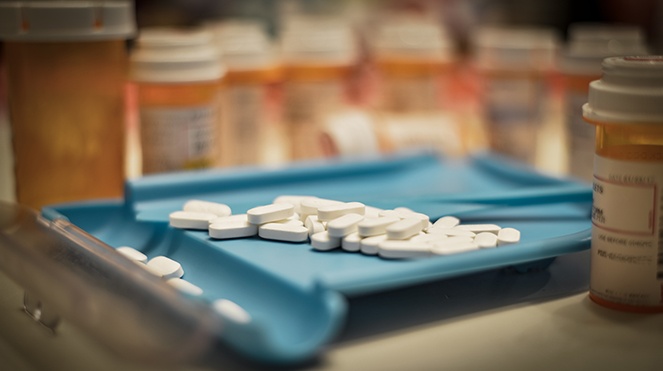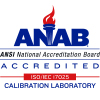
Humidity is often associated with frizzy hair and headaches, but varying humidity levels can have more serious consequences on lifesaving drugs. While there are a lot of moving parts that go into producing medications, maintaining safety and potency through climate control is a responsibility that lies within the pharmaceutical industry.
By controlling humidity, costs can be lowered, and bottom lines increased without sacrificing quality. However, the quality and safety of a product are not up for debate. Strict regulations have been put in place by the World Health Organization (WHO) to protect public health on a global scale.
The World Health Organization recommends maintaining relative humidity levels around 50 percent. If levels climb above or dip below 50 percent, there can be detrimental effects on the quality, yield and shelf-life of the product.
Effects of Low Humidity
Static buildup is a major effect of relative humidity levels dropping below 45 percent. The accumulation of static charges can dry out medications, affecting the intended behavior of any solvents used in production. The excess static can also cause products to dry out and crumble, or stick together, leading to problems during tablet pressing and packaging.
Effects of High Humidity
High humidity causes products to absorb the excess moisture in the air, which can be just as destructive as environments with low humidity. Too much humidity can compromise potency and effectiveness, leading to degradation or even toxicity in some products. The potential for danger comes when relative humidity levels reach 60 percent or more; giving viruses, bacteria, mold, fungi and mites the opportunity to grow.
An overabundance of moisture can also affect production. When products absorb extra moisture, it causes them to either crumble or become sticky, which could clog machinery and bring production to a sudden halt.
Optimal Storage Conditions
Temperature and humidity exposure are the primary factors that could cause products to become ineffective. Although facilities must tailor conditions around their product, the typical storage conditions for pharmaceuticals at room temperature should be kept between 15 °C and 25 °C (59 °-77 °F) with relative humidity levels around 50 percent.
Click here, for more information on the strict regulations put in place by the World Health Organization to ensure the proper pharmaceutical storage conditions.
Humidity Control
Implementing a climate control system is beneficial to both the manufacturer and distributor by ensuring that environmental conditions are maintained to meet safety and quality requirements. Data loggers can aide in compliance by providing constant monitoring of refrigerators, freezers and storage rooms. MadgeTech data loggers obtain a complete profile of the controlled environment, giving users real-time readings and alerts so when specified thresholds are breached they can take corrective action immediately.
To learn more about how MadgeTech data loggers can assist with the safe production, distribution and storage of pharmaceuticals, click here.






